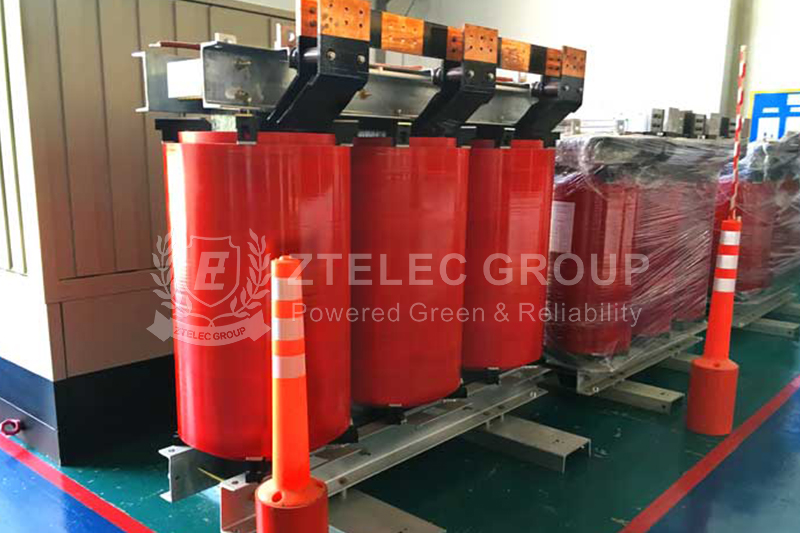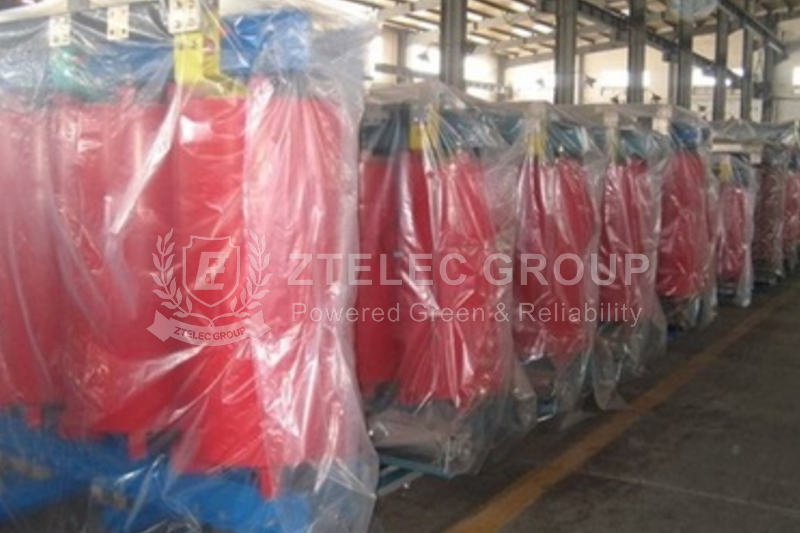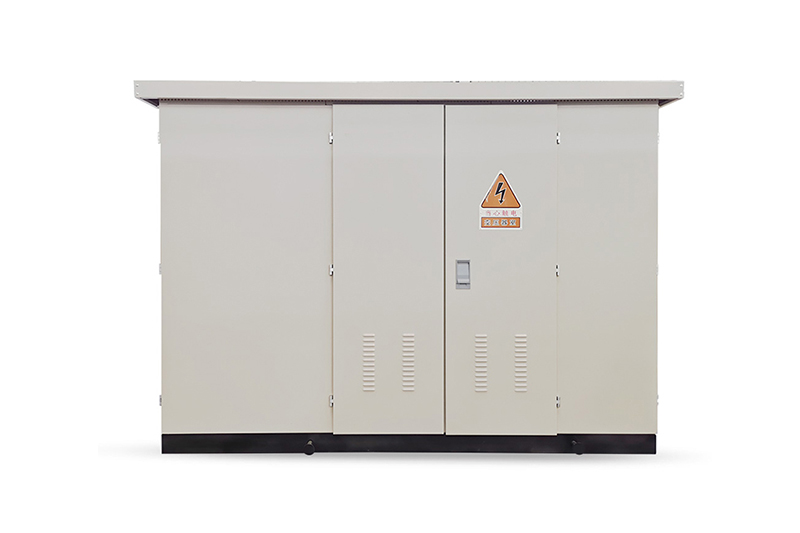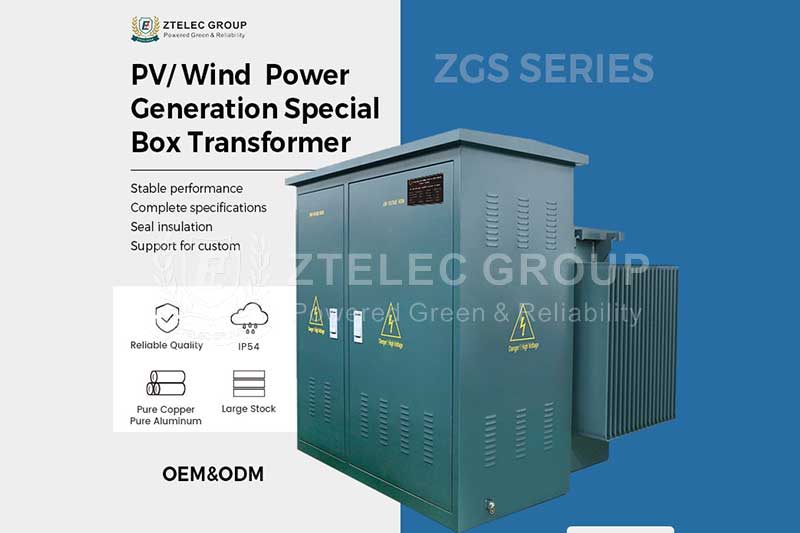Dry-Type Transformer Installation Specifications: 5 Key Steps to Avoid Vibration and Dust
Time:2025-05-14 Auther:ZTelec-www.ztelectransformer.com
Dry-type transformers play a central role in power conversion and transmission. Their stable operation is essential to the performance of the entire power system. Among the primary threats to their reliability are vibration and dust, which can lead to structural stress and insulation degradation. The following five steps outline best practices to minimize these risks during installation and operation.
1. Foundation Design and Vibration Reduction Measures
Using an elastic foundation is a key method to reduce vibration transmission. Common practices include placing rubber pads or spring shock absorbers on concrete bases. Rubber pads offer good elasticity and damping properties to absorb and buffer vibrations. Spring shock absorbers are selected based on the transformer’s weight and operating frequency, providing effective vibration isolation.
Ensure the foundation has adequate load-bearing capacity. Uneven settlement can lead to transformer deformation, compromising internal structure and electrical performance.
Secure the transformer with anti-loosening bolts, and apply torque according to manufacturer specifications. Over-tightening can damage components, while under-tightening may result in instability. After installation, use a level to check for tilt, which can lead to mechanical stress and shorten equipment life.
2. Installation Location Selection and Optimization
Avoid placing dry-type transformers near vibration sources like motors or pumps. If proximity is unavoidable, implement isolation measures such as vibration trenches. For floor installations, evaluate the structural dynamics of the building to prevent resonance.
To control dust, install transformers in clean indoor environments when possible. For outdoor setups, use enclosures with a high IP rating, such as IP54, and include dust filters to protect internal windings and insulation components.
3. Dust-Proof Ventilation and Cooling System Optimization
Transformers with forced air cooling systems should include removable dust screens at fan inlets to prevent dust accumulation. Establish a routine cleaning schedule based on environmental dust levels, typically every 1–2 months. Use flexible materials at duct junctions to maintain airflow and reduce vibration.
For naturally ventilated systems, ensure clearance of 0.8–1 meters around the transformer to allow adequate airflow. Regularly inspect and remove debris to prevent heat buildup and maintain cooling efficiency.

4. Anti-Vibration Busbar and Cable Connections
Use flexible connectors like copper braid or bellows on high- and low-voltage sides. Copper braid offers excellent flexibility and conductivity, while bellows reduce vibration impact through expansion and contraction.
Seal cable entry points using fireproof mud or rubber rings to prevent dust intrusion and friction damage. Before powering on, perform a vibration test using testers to identify instability or displacement in connections.
5. Regular Maintenance and Condition Monitoring
Install vibration sensors to monitor amplitude and frequency in real time. Anomalies trigger alerts, allowing maintenance teams to respond promptly.
Schedule quarterly cleaning of windings and heat dissipation channels using compressed air or specialized vacuum tools. Regularly measure insulation resistance to verify continued performance and safety.
Through strategic foundation design, optimal site selection, robust dust and ventilation control, flexible electrical connections, and proactive maintenance, the impact of vibration and dust on dry-type transformers can be significantly reduced. These measures help extend service life and enhance reliability. Always perform a no-load test after installation to confirm normal temperature rise and sound levels before full commissioning.




